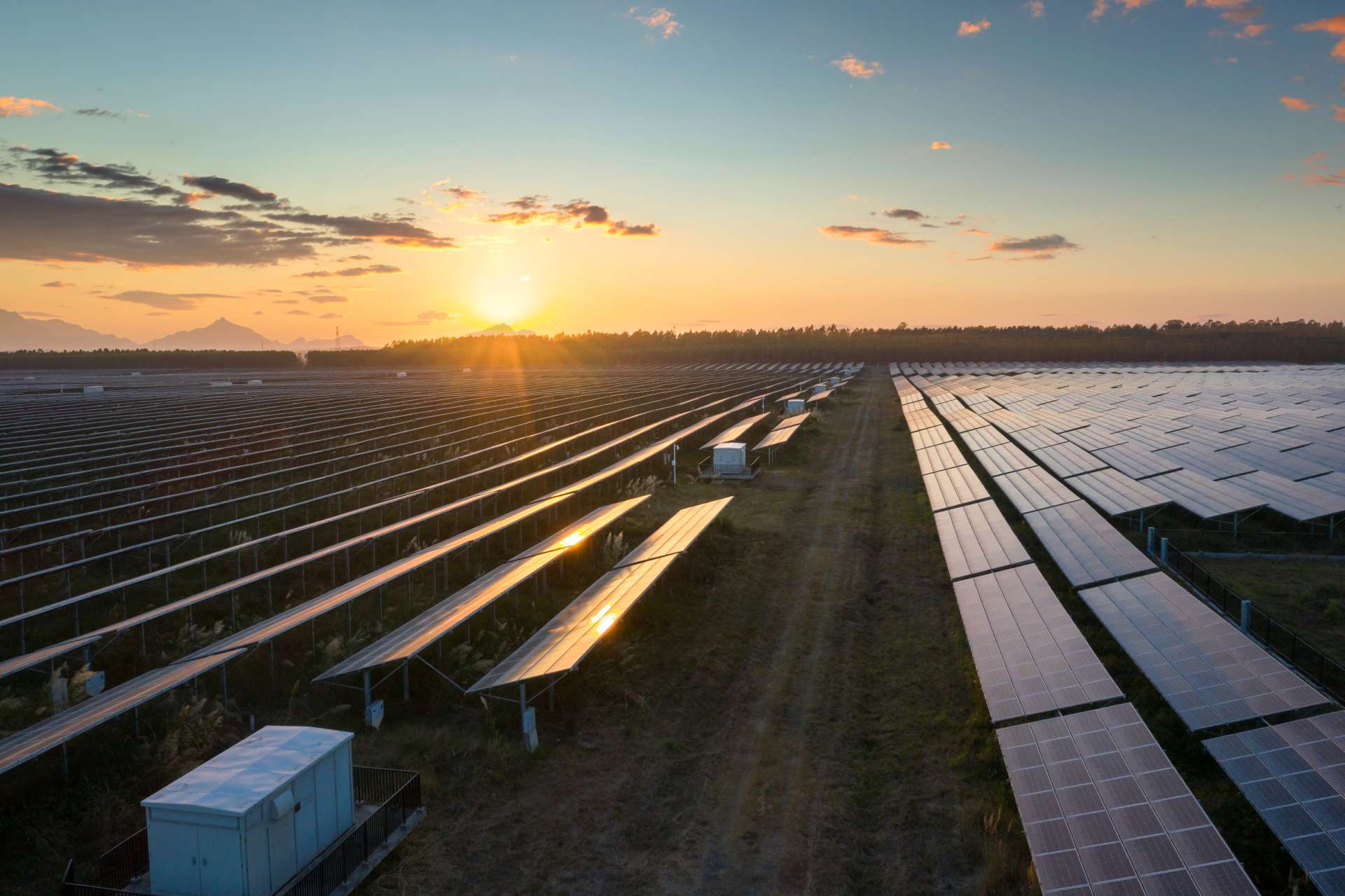Battery Energy Storage: Why running on batteries is a power move for energy customers

Society’s dependence on electricity has never been so vital as it is now. With outage risks associated with extreme weather, aging infrastructure, cyber security, and other threats, how can energy customers feel confident that supply can meet demand?
Battery energy storage is a clean technology solution that captures electrons in times of over-production and stores it for later use during peak demand. By harnessing excess energy production and discharging it when and where it’s needed, battery energy storage allows for flexible consumption with less waste and more stability. It has revolutionized the grid’s ability to adapt to variable renewable energy generation and consumption. Storage projects now accompany solar and wind projects and growing in popularity as battery energy storage costs decline and more technology options become available.
Investment and leadership in clean tech research and development has contributed to reducing the cost of battery technology. Lithium-ion batteries, the most deployed battery in storage projects, dropped in price from $900 per kilowatt-hour in 2011 to less than $140 per kilowatt hour in 2020. This significant price reduction has made it easier for energy customers to pursue battery storage projects as solutions in meeting climate targets.
In 2020, three energy customers announced solar deals that included storage, which represented a market first. The trend has continued this year with Apple, who previously committed in 2020 to go carbon neutral across its entire business, manufacturing and supply chain, and product life cycle by 2030, announced its plan to construct one of the largest battery storage projects in the U.S. This California-based energy storage project is a 240 megawatt-hours grid-scale solution that utilizes Tesla lithium-ion “megapack” batteries to capture excess energy produced from an existing 130-megawatt solar farm. This solar-plus-storage system is one of many ways that energy customers are pursuing innovative strategies to meet clean energy targets.
Another option – stand-alone battery storage – is also being implemented at many data centers as a reliable source of backup power. Because an electricity outage could potentially result in significant financial loss, a behind-the-meter battery storage installation can mitigate reliance on the grid and lower costs for the data center.
Taking advantage of battery energy storage as a hybrid installation or as a stand-alone solution are effective ways to green the grid and accelerate the decarbonization of the global energy system. Battery energy storage can play a very powerful role in achieving a 90% carbon-free U.S. electricity system by 2030.
CEBA members interested in learning more about battery storage can go to CEBA Interconnect to access our member-exclusive Battery Energy Storage Primer. Not a member? Learn more about CEBA membership options.
